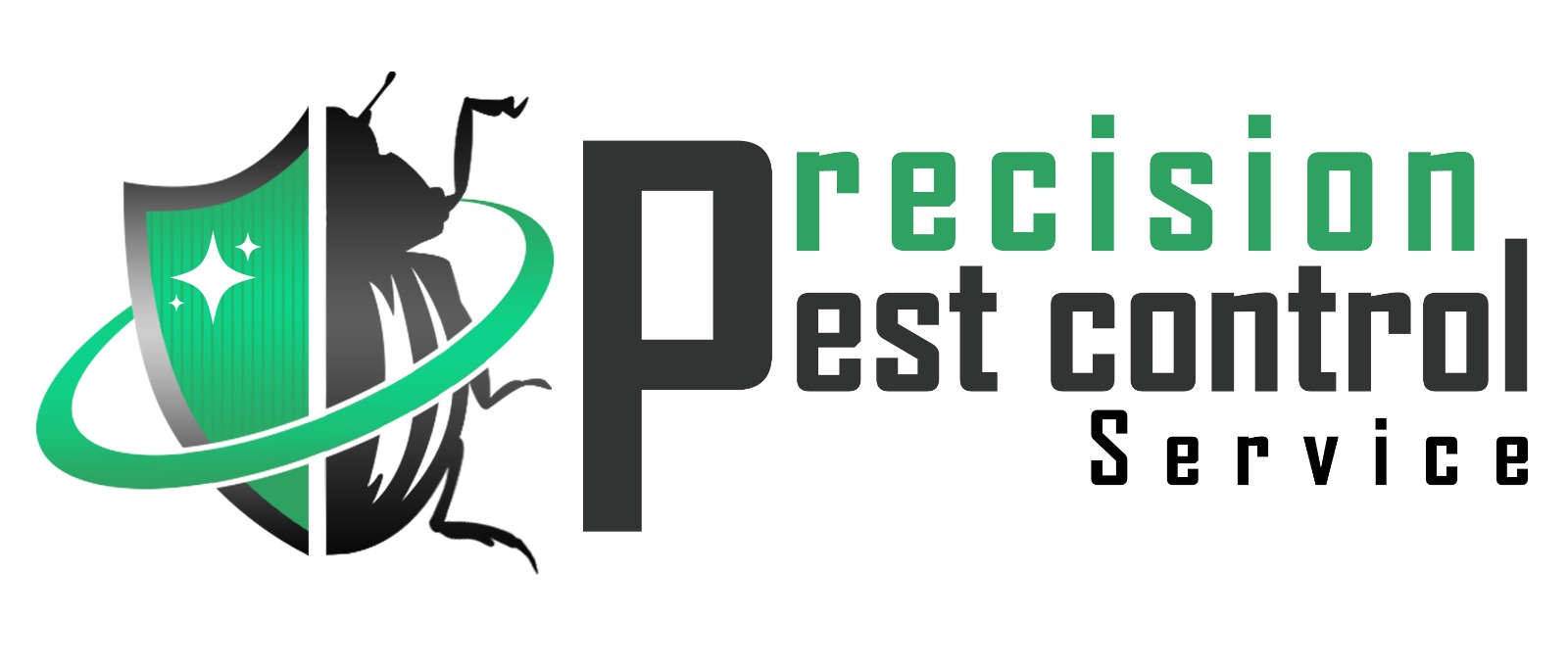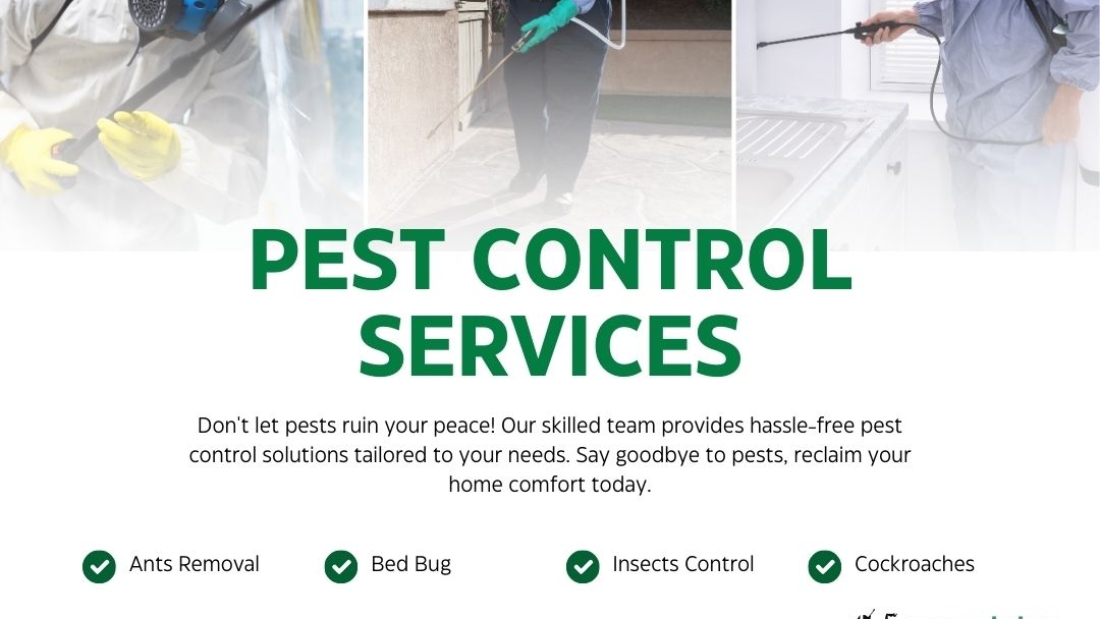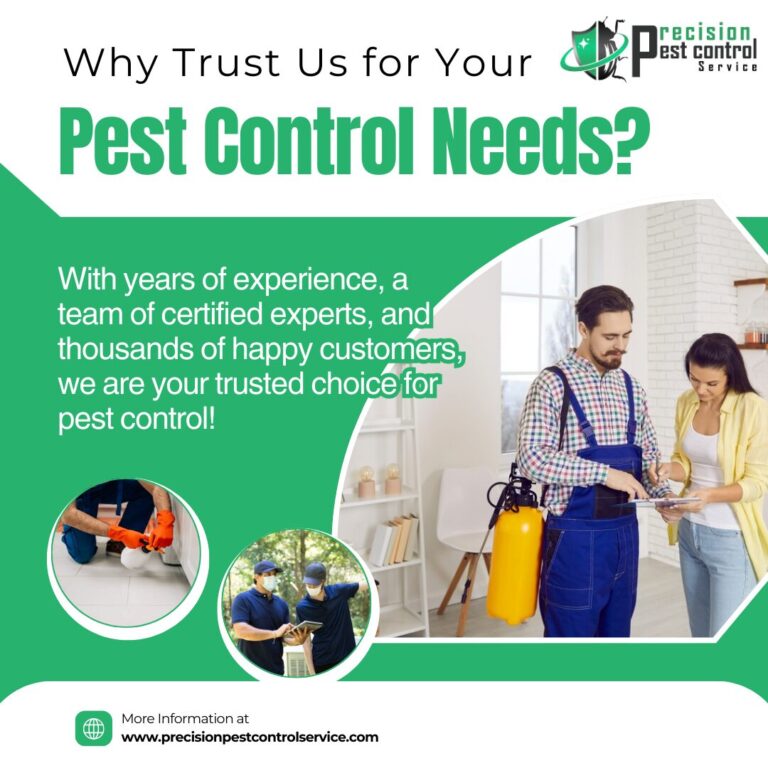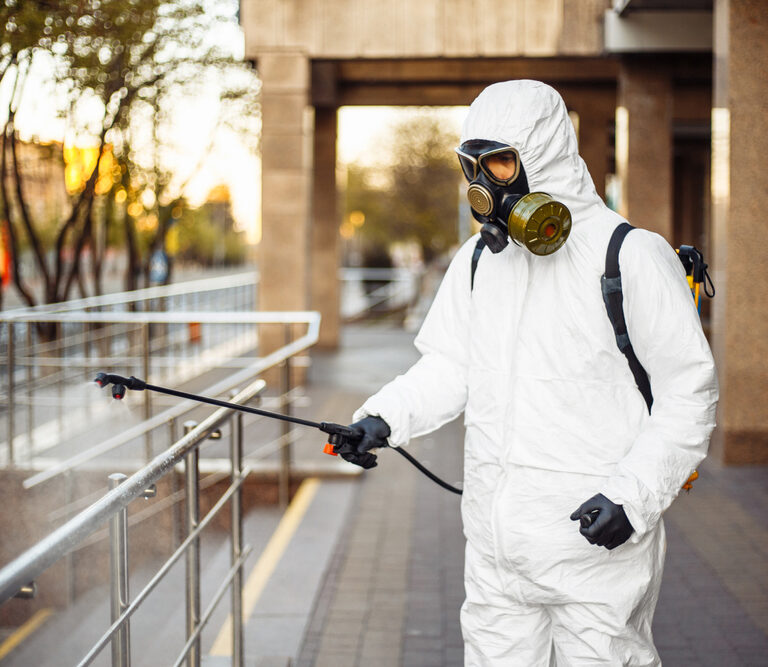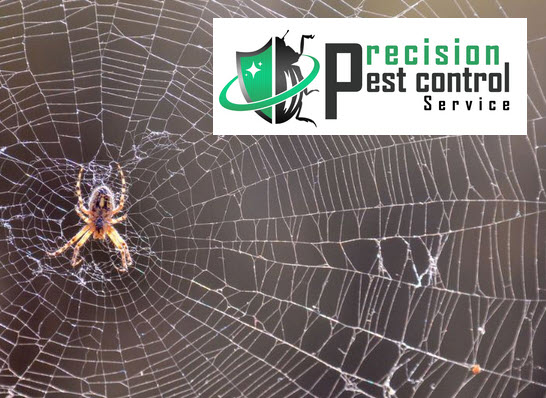Integrated Pest Management (IPM) is a smart way to protect your commercial business from unwanted pests. It’s cost-effective and Eco-friendly pest control since it focuses on long-term, safe strategies rather than harsh chemicals applied.
The key to success lies in its holistic approach: combining chemical treatments, disruption of pest habitats and more to control potential problems proactively. IPM offers all the advantages without compromising health or safety of employees and customers.
So if you want a thorough pest prevention plan that will save you money while still protecting your workplace – discover why IPM should be right up your alley. Read our blog post below for further insight!
Understanding Integrated Pest Management (IPM)
Integrated Pest Management (IPM) is an environmental-friendly strategy used to manage pest populations, protect human health and prevent damage in residential, business and industrial settings. It involves the use of various strategies such as population monitoring, physical removal of pests and improved sanitation methods to reduce the need for chemical pesticides. IPM can create a healthier environment by actively managing various pest species through biological controls and more sustainable approaches.
It includes a combination of techniques that will help limit the occurrence of pests, with minimal risk to people’s health and the environment. This holistic approach pays emphasis on prevention rather than destruction with least amount of pesticides required; majority are chosen from organic sources or low toxicity products. By using these more natural methods, it helps reduce risks associated with agricultural chemicals, while helping protect against future infestation problems as well.
Cultural Control: Shaping Environments to Deter Pests
Cultural control practices are vital for managing pests. By shaping the environments to dissuade their presence, it becomes easier to reduce or eliminate them from commercial and industrial buildings. This strategy doesn’t use physical force but applies specific conditions that make a habitat too uncomfortable for pests to survive in; eliminating darkness, standing water, food sources and crevices where they can hide.
Utilizing IPM strategies with cultural techniques enhances building layouts by providing pest proof entry ways, proper capture bins, and shields so that critters can be prevented from entering the premises. Structural modifications such as sealing cracks along walls and floors will also help secure the facility against potential infestations.
Another Pest Management Control Method
Biological Control: Disrupting Breeding Cycles
Biological control of pests is a great strategy for environmental sustainability. Insects can be targeted by disrupting their breeding cycles, effectively reducing the population size. Examples of this are introducing predators such as beetles and wasps that lay eggs inside insect larvae or releasing infected parasites to weaken the insect host. The use of biological agents like these ensure that there’s no damage done to non-target species or habitats, thereby protecting the environment in a sustainable way.
The use of these kinds of strategies has been extremely effective in controlling pests over time; they require fewer resources than chemical solutions and often have just as much efficiency. Furthermore, unlike chemical treatments which break down or dissipate in weeks or months, biological control lasts for years- long enough to restore balance within an ecosystem without needing frequent maintenance. That makes it an ideal solution for promoting healthy ecosystems without excessive input from humans!
Chemical Control: Precision in Pest Treatment
Precision in pest treatment is a popular IPM strategy for chemical control. It involves instructing analytical professionals to identify the pests or pathogens present, so that only those species are targeted with specific pesticide products and dosages. This tactic reduces the risk of these chemicals becoming hazardous to susceptible organisms, as well as reducing contamination of soil and water.
Additionally, treated areas become more resistant to future outbreaks due to the precise targeting required by this approach. Not only does this reduce environmental damage but it is also significantly cheaper than general pesticide applications over large areas.
The Integrated Pest Management Process
Integrated Pest Management (IPM) is a common-sense approach to reducing or eliminating pests in and around the home or business. It begins by identifying the pest, understanding its behavior and ecology, and implementing appropriate control measures.
By combining non-chemical strategies such as sanitation, mechanical exclusion methods, habitat modification and cultural techniques with the most selective chemical applications available today, IPM programs can provide sustained elimination of pest problems at homes and businesses. Pest control professionals use an Integrated Pest Management process that involves 5 simple steps:
- Identification & Inspection – Identify pest species & inspect area for damage/infested areas; note environmental conditions which may attract pests.
- Analysis & Planning – All applicable factors contributing to infestation are analyzed to develop individualized action plan tailored to specific need.
- Biological Control – Adopt various biological means when possible such as utilizing beneficial insects like ladybugs or spiders.
- Mechanical Control -Range of techniques include using traps or physical removal via vacuum cleaners.
- Chemical Control – When all else fails, use least toxic options targeting only required sites on a “need-basis”.
Monitoring and Evaluation
Monitoring is an integral part of IPM involves regular frequent observations and inspections of plants, fields, and surrounding environment. Self-inspections made by pest specialists are the best ways to detect pests in a timely manner. Regular monitoring helps identify any signs of damage and can indicate when management steps should be taken if necessary.
Evaluation is another key component of IPM which measures how well the programming practice performed by assessing if the objectives were met in an effective and efficient way. Evaluating includes determining what methods worked better than others, understanding levels of effectiveness for different tactics used for control as well as collecting data on economic cost savings associated with IPM practices.
Advantages of IPM
Integrated pest management (IPM) offers significant advantages to both homeowners as well as commercial properties. For homeowners, IPM:
- Reduces the use of chemicals and saves money in long run.
- Protects families from potential health risks related with traditional pest control methods.
- Prevents unnecessary damage to non-targeted organisms and preserves biodiversity.
For commercial properties too, IPM poses many benefits such as:
- Reduced expenses on costly treatments like fumigation or tenting.
- Improved customer service due to reduced pests’ presence and more hygienic environment; resulting in improved reputation of business entities.
- Minimal risk to merchandise or other properties held inside buildings that are infested by pests when using safe products and techniques for treatment purposes within budget limitation.
In Conclusion, Precision Pest Control Would Like To Share Its Final Thoughts
Integrated pest management (IPM) is an effective way to keep commercial properties safe from pests. It allows for the use of innovations such as Eco-friendly deterrents while minimizing applications of chemical treatments. This ensures safety, encourages environmentally sustainable practices and reduces costs due to damages from pests.
Precision Control’s IPM approach creates a custom plan that considers every property’s unique needs by utilizing cutting edge technologies, combined with extensive and applicable knowledge regarding pest populations in their service areas. Our pest control maintenance programs for dwellings are designed to ensure long term protection and peace of mind for business owners or occupants! Get In Contact With Precision Pest Control certified and bonded Team of Insured and Bonded Exterminators Today!

PrecisionPestControlService is a licensed and professional pest control company serving the Los Angeles’ and surrounding communities. When it comes to getting rid of pests, you can rely on our experience and exceptional caring customer service because we offer both residential and commercial cost-effective pest control services options that are proven to work.
